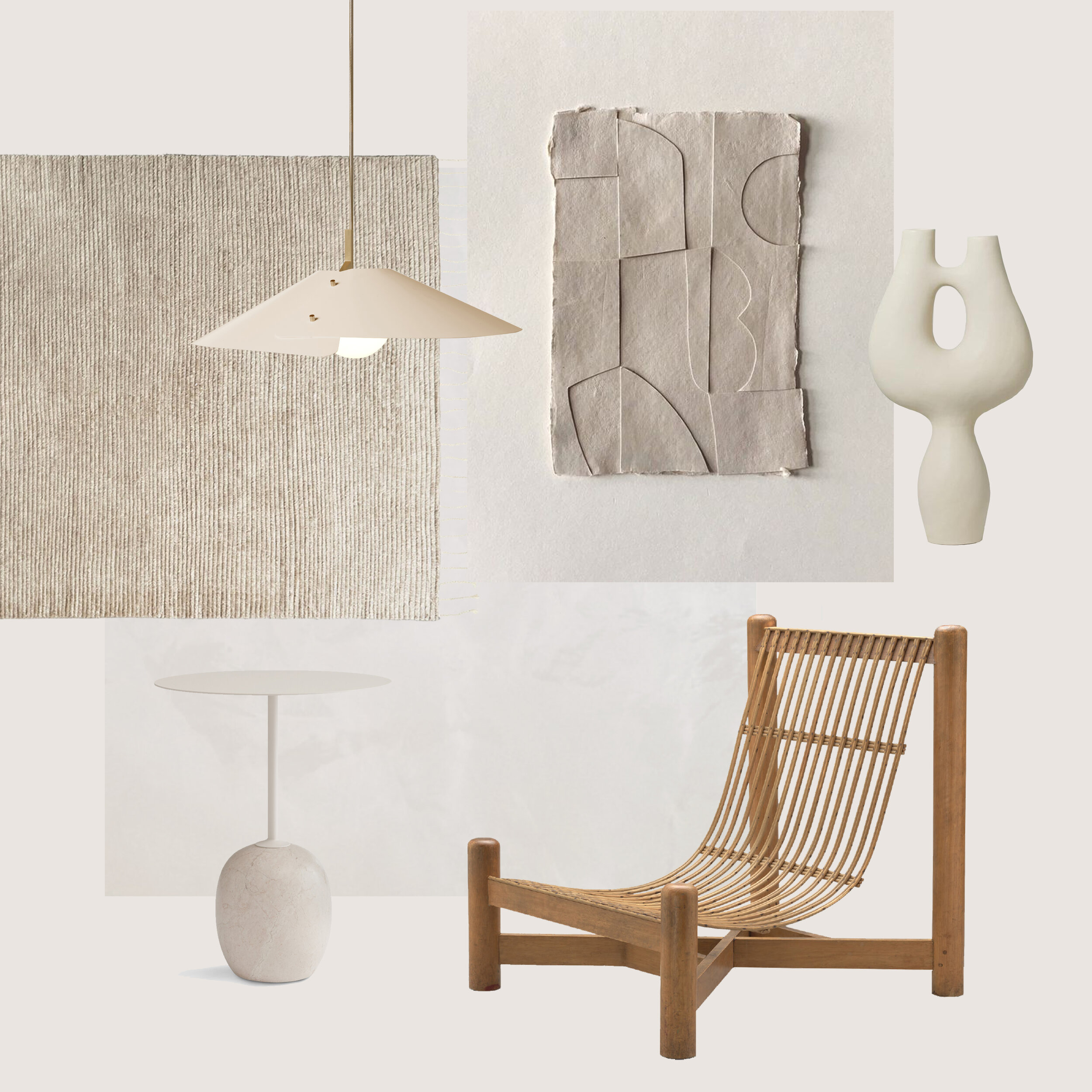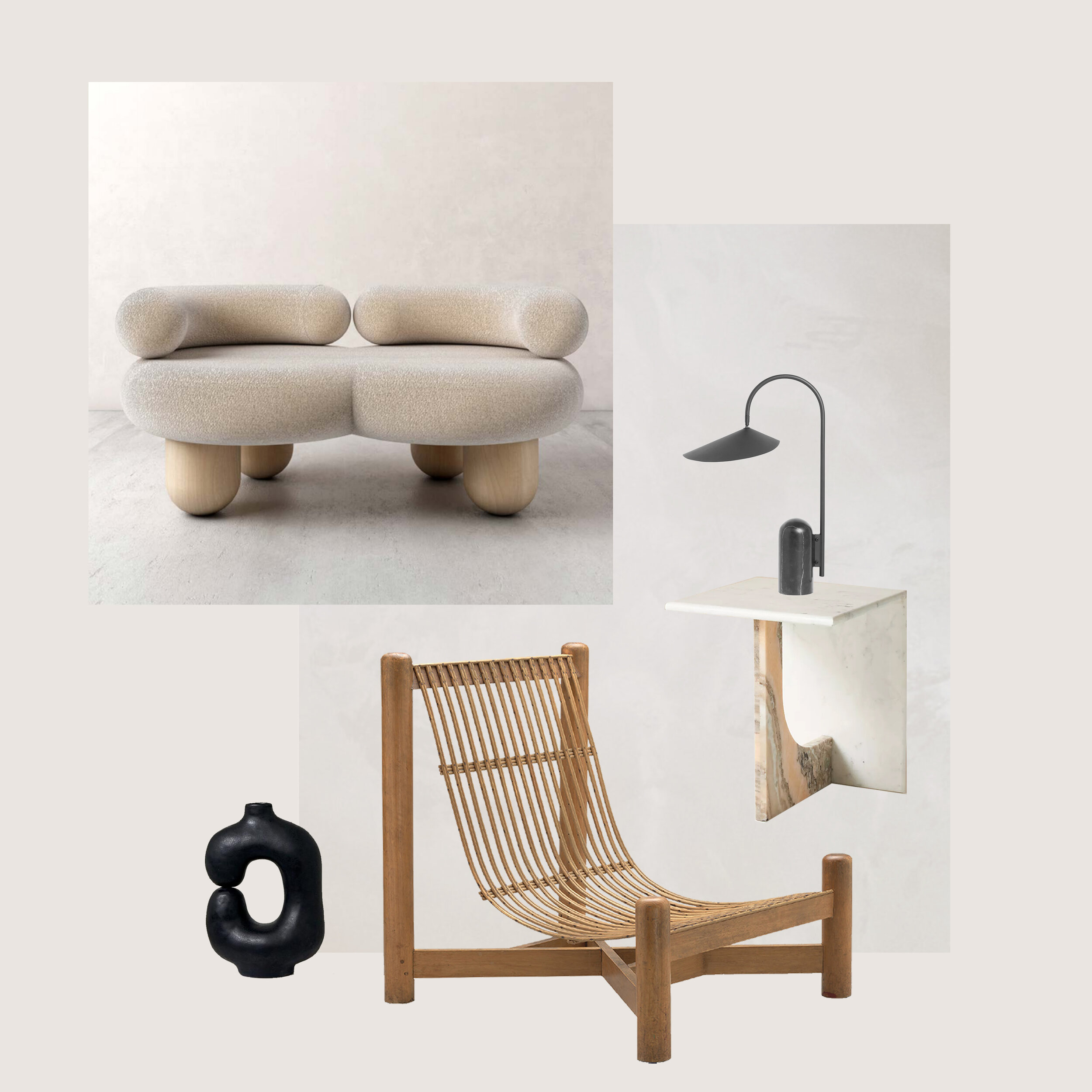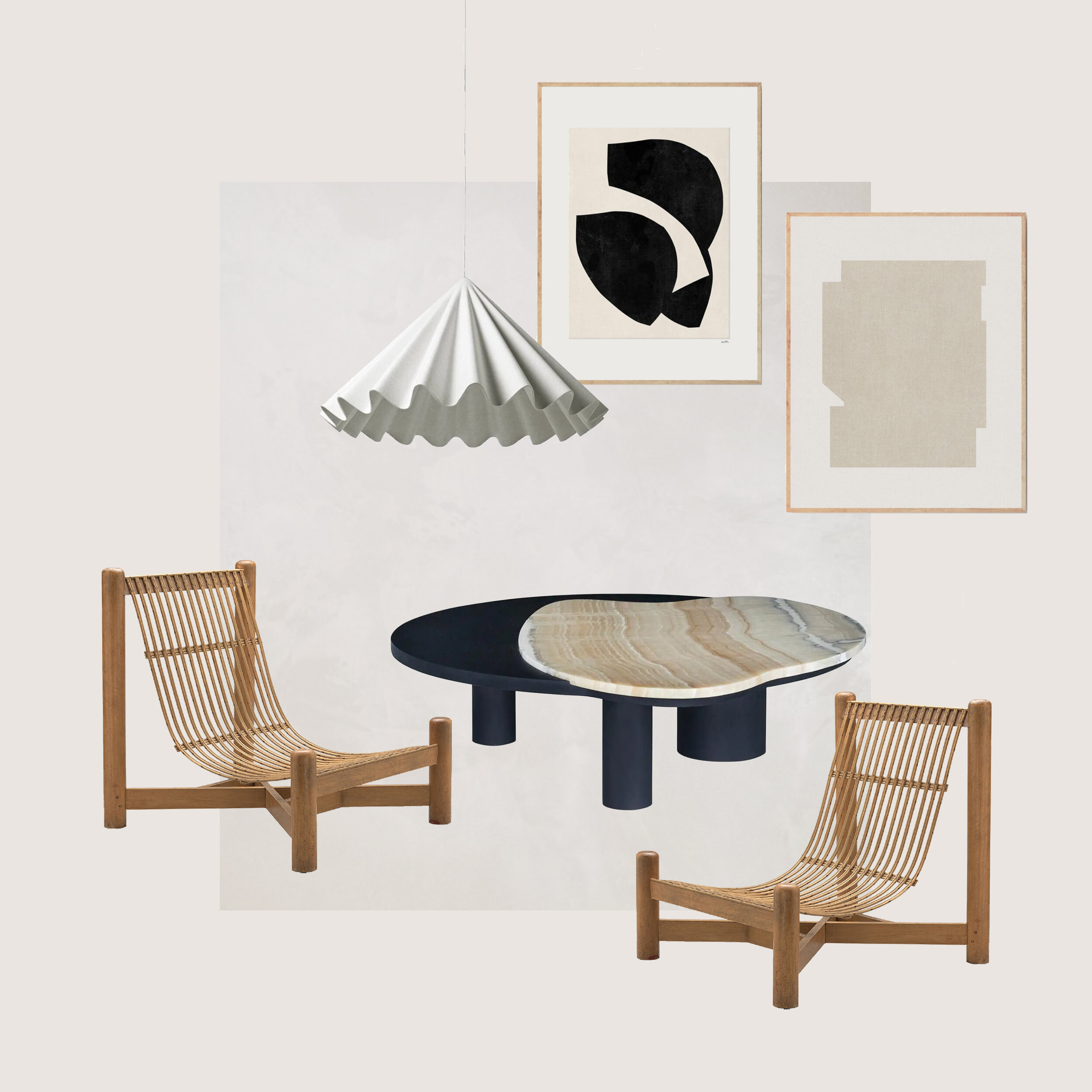Charlotte Perriand, Low Chair
“Everything changes so quickly, and what is state-of-the-art one moment won’t be the next. Adaptation has to be ongoing – we have to know and accept this. These are transient times.”
— Charlotte Perriand
Charlotte Perriand’s practice evolved fundamentally throughout the years, embracing the challenges of 20th century’s modernity. The woman who pioneered the 20th century of art and design possibly already had a hint of the influence and value that her ideas would bring to the world. The harmonious blending of her innovative vision and her sensitive touch would create a new way of experiencing our everyday lives. Her world was a world where human and nature coexisted and practicality was synonymous with design excellence.
Charlotte Perriand was born in 1903 and her professional path extends over a period of 70 years. Throughout her career the main purpose of her design was to bring back the human aspect in the center of her artistic and architectural projects.
The ‘20s were a turbulent decade, nevertheless it was a decade that Perriand wasn't afraid to join and to reinvent through her own beliefs. She started imagining a new “art de vivre”. Since the beginning of her career, the young designer would draw inspiration from the particularities of the era she was living in. Her ability to translate the surrounding environment of the modernist ages into objects helped her create iconic furniture pieces that were revolutionary for their time. One example is the Swivel Armchair made with modern steel and leather as a form of interpretation of the design of automobiles that fascinated Perriand.
She was one of the avant-gardists that first started conceiving furniture using metal. Charlotte would create for herself, making her home a veritable laboratory of experiments of form and shapes.
1. Side Table, &Tradition 2. Rug, Armadillo 3. Pendant Lamp, Atelier de Troupe 4. Artwork, Rebekka Seale 5. Bridge Handled Vessel, Simone Bodmer-Turner 6. Low Chair, Charlotte Perriand
Her “Bar sous le toit” (Bar under the Roof) was presented at the 1927 Salon d’Automne. It was indeed this project that impressed Le Corbusier and launched Charlotte’s collaboration with the architect and his cousin Pierre Jeanneret. The projects they would realize together were highly precise and practical for use. The interiors they created were adjustable, presenting a form of interactiveness and flexibility for the dweller to play with. Thanks to Perriand’s passion and belief that design should be done in service of the clients, the relationship between designer and user was carefully thought out.
The depth and individuality in Charlotte’s designs can also be explained through the understanding she carried within herself of the importance of collaboration with other artists and designers. Equally essential for her was the influence of nature. Drawing inspiration from the organic natural shapes, Charlotte would create free form furniture designs that once again bridged the gap between aesthetics and functionality.
“Everything is linked, the body and the mind; mankind and the world; the earth and the sky.”
1. Sofa, Pietro Franceschini 2. Side Table, Anthropologie 3. Table Lamp, Ferm Living 4. Stav Vessel, Simone Bodmer-Turner 5. Low Chair, Charlotte Perriand
The designer would further deepen her exploration of the concept of nature with her “House for a Young Man” that was exhibited at the Brussels International Exposition in 1935. Perriand’s approach to modernity was one that was in harmony with nature, a modernity that is aligned with the happiness and needs of the dweller, not one that goes against it. It is in that sense that Perriand truly was an avant-gardist for her time.
In 1940, Charlotte was invited to Japan as an advisor for industrial design to the Ministry for Trade and Industry. During her stay she would learn about the qualities of traditional Japanese materials such as bamboo and explore the art of woodworking and weaving. This new knowledge would impact her work, transitioning from the candor of metal towards the subtlety of wood. Inspired by the beauty of this natural material and its links to different cultures and traditions, Charlotte would redesign many of her previous works.
1. Coffee Table, Greenapple 2. Low Chair, Charlotte Perriand 3. Pendant Lamp, Menu 4. Artwork, The Poster Club 5. Artwork, The Poster Club
Charlotte Perriand spent 6 years in the Far East and influenced greatly a whole generation of Japanese designers. After her return to France, her work was in high demand and through her projects she continued blurring the lines between art and living.
Although her designs seem common today, Charlotte Perriand proposed these ideas anticipating the needs of today. While constantly embracing new methods and designs, she remained true to her beliefs - to create functional pieces and spaces in respect of and inspired by the beauty of different cultures.
“Art is in everything, art is in life and it expresses itself on every occasion and in every country.”
In the 1960s the artist was commissioned to redesign the interior of the Musée National d’Art Moderne de Paris. Her design once more explored the blending of art and architecture together and showed Perriand’s mastery of forms and spaces. She considered all arts to be equal which allowed her to create a virtuous dialogue between them. This dialogue would then be translated in what Charlotte would define as the “new art de vivre” or the way people would experience the inhibited space.
In the tumultuous 20th century, Charlotte Perriand’s work would bring a moment of peace and harmony. Her philosophy had at its center a human approach, interlacing nature, objects and art and making her creations both purposeful and poetic. Her world was built upon a visionary approach and deep understanding of the human daily needs and experience. Charlotte’s imagination and determination and her exceptional work make her one of the most outstanding figures in the modern history of design and architecture.


